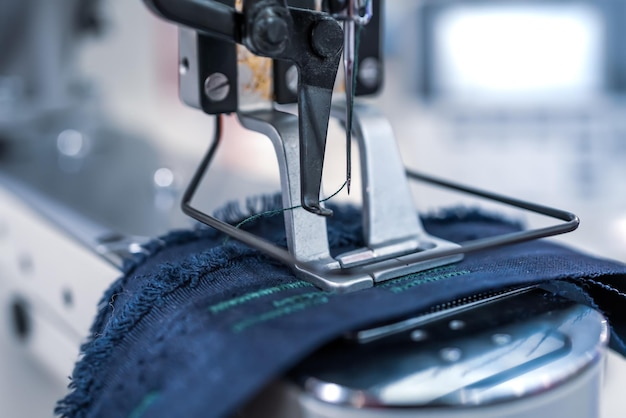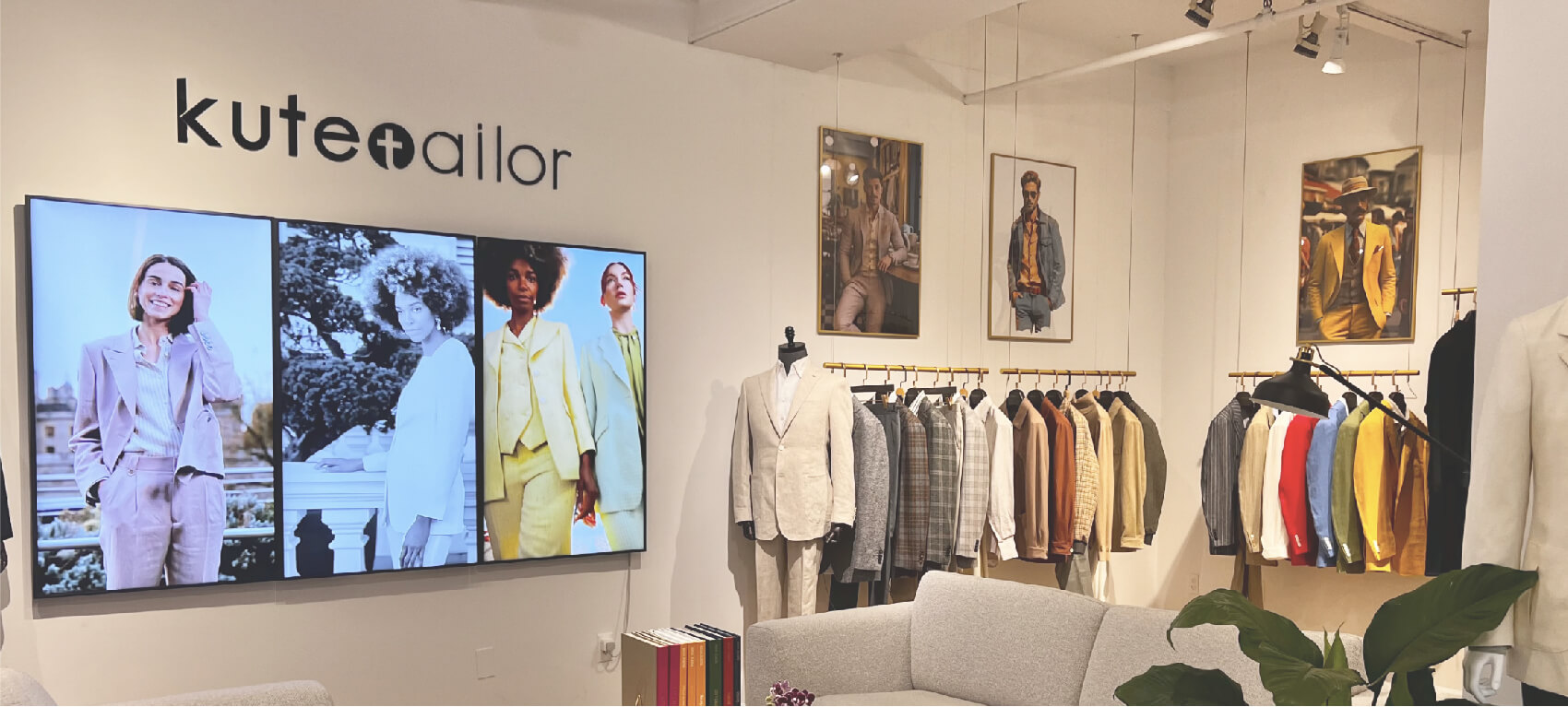
What is CMT or FPP? What is the difference between them? These may be some of your doubts. Whether you’re launching a new fashion line or scaling an established brand, choosing the clothing manufacturing method is a decision that can make or break your success. In the dynamic world of fashion, this choice isn’t just about stitching fabric—it’s a strategic move that impacts your budget, quality, operations, and market presence. The two most widely used alternatives, CMT (Cut, Make, Trim) and FFP (Full Package Production), each possess their own distinct advantages and issues.
Not every factory makes from start to finish, a common misconception for many up-and-coming designers. This blog amalgamates input from industry experts to assist you in understanding CMT and FPP in their entirety, so you can make an informed choice that meets your brand's needs, experience, and goals.
CMT, Cut, Make, Trim, is an age-old garment manufacturing technique in which the factory focuses on constructing your designs into a finished product only. Under this model, you—the brand—supply all the material, including fabric, trim, patterns, and exact tech packs, and the manufacturer handles only physical construction. The CMT process takes place under three broad stages:
· Cut: Your patterns are draped over the material by the factory and cut out, often by using skilled machines to save on material and give accurate results.
· Make: Skilled sewers piece together the cut pieces, joining the garment components into the final product with detailed accuracy.
· Trim: Add-ons such as buttons, zippers, labels, and swing tags are added, before the final checking before shipping out.
This process requires you to oversee design, pattern-making, grading, and procurement, so only production execution is the factory's. You'll want a complete tech pack to avoid costly errors since factories follow your instructions to the letter. For brands working with custom apparel manufacturers, this hands-on approach ensures every detail aligns with your vision.
CMT is of colossal advantage to those companies that require control and flexibility:
· Complete Control: You choose all fabric, trim, and decoration, so materials can meet your quality standards and your personal taste.
· Cost-Efficiency: Pay only for labor—cutting, making, and trimming—potentially lowering production costs if you buy materials at low costs.
· Flexibility: Alter designs or materials during production, ideal for small runs, limited releases, or prototyping.
· Scalability: Suitable for businesses already making on a small scale, and looking to increase quantities without compromising control.
· Tighter Lead Times: Control can expedite delivery to selective retailers.
CMT gives your imagination freedom, where your vision can be experienced in every detail, right from trim to labels. It is a DIY process that assures your brand identity being promoted.
Although CMT has advantages, it also has limitations that need to be managed cautiously:
· Complex Supply Chain: Sourcing and procurement of fabric and trim, delivery, and storage can be time-consuming and logistically complex.
· Coordination Effort: Factory communication has to be frequent; errors lead to delay or mistakes.
· Increased Responsibility: You are the one liable for material quality and production lead times—factories don't take responsibility for supplier issues.
· Risk of Errors: Without good tech pack or process understanding, mistakes cost dearly, and factories can point fingers at you or the suppliers.
· Not for Novices: New brands or those with small-order quantities may not do well without experience, technical knowledge, or capital.
CMT can be dangerous if you're not prepared—factories can exploit this by not being held accountable, and you'll lose more money than you make. It's a tactic best suited for organized, experienced brands.

FPP, or Full Package Production, is a manufacturing solution in detail wherein the factory manages the entire process—design to delivery. You provide them with the first idea, and the manufacturer handles material sourcing, pattern-making, sampling, making, quality inspection, and shipping. The procedures involved are:
· Material Sourcing: The factory places orders for fabrics and trim as per your design.
· Design and Pattern Making: They translate drawings into digital formats, create patterns, and offer trend advice.
· Sampling: Samples are developed for approval before mass production.
· Mass Production: Cutting, sewing, and finishing are overseen by the factory.
· Quality Control and Shipping: They maintain standards and package clothes for shipment.
FPP comprises technical specifications (gradings, measurements) and professional counsel on legalities or logistics too, making it a turnkey solution that optimizes production for brands specializing in custom formal wear.
FPP shines for brands that require efficiency and support:
· Streamlined Process: Single point of contact does away with coordination headaches.
· Time Savings: The factory’s oversight speeds up production, freeing you to focus on design and marketing.
· Cost-Effective: Manufacturers leverage supplier relationships for economies of scale, potentially lowers material costs.
· Quality Assurance: Robust systems ensure consistent output, enhancing brand reputation.
· Scalability: Flexible enough to keep pace with demand, ideal for growing brands.
· Expert Guidance: Trends, legalese, and logistics advice helps new and old labels equally.
Despite its advantages, FPP has limitations:
· Higher Costs: The full-service scope can increase expenses compared to CMT’s labor-only model.
· Less Control: You relinquish influence over materials and design details.
· Limited Flexibility: Changes mid-process are harder due to the manufacturer’s predefined workflow.
· Dependence: Relying on one factory poses risks if issues arise.
· Fabric Compromises: Limited supplier options may force trade-offs in material choice or availability.
FPP trades control for convenience, which may not suit brands prioritizing customization or unique fabrics.
To help you weigh CMT and FPP, here’s a side-by-side comparison across key factors:
| Aspect | CMT | FPP |
| Cost Efficiency | More budget-friendly for labor, but you fund materials, which can add up if mismanaged. | Higher upfront costs, but supplier relationships may reduce material expenses, offering long-term savings. |
| Control and Flexibility | Offers a tight grip on materials, quality, and design adjustments, perfect for creative freedom. | Shifts control to the manufacturer, reducing your ability to tweak processes or materials. |
| Time Management | Demands more time from you to manage sourcing and coordination. | Saves time by streamlining production under the factory’s oversight. |
| Quality and Reputation | Direct oversight ensures every detail meets your standards, ideal for quality-focused brands. | Consistent output via established supplier networks supports a strong brand reputation. |
Start by thinking about your top needs:
· Is cost-effectiveness, quality control, or speed most critical?
· What’s your scale—small batches or large runs?
· Are you a novice needing guidance or a veteran seeking control?
New brands can appreciate FPP's simplicity, while established brands crafting custom Smart Casual can take advantage of CMT's flexibility.
Consider your financial flexibility:
· A tightly controlled budget can opt for CMT if materials are available reasonably, or for FPP convenience in a single step.
· For having hands-on control, CMT offers it; for sticking with branding, FPP keeps work streamlined.
Your ethos matters:
· Earth-friendly brands would use CMT to search out earth-friendly fabric, perfect for custom woman's wear with sustainable priorities.
· Brands insisting on consistency and timelines might choose FPP for reliability.
There’s no one-size-fits-all answer—your decision should reflect your unique requirements, budget constraints, and long-term aspirations.

CMT and FPP both offer a different path to attain your fashion design. CMT is budget-friendly, tightly controlled, and adaptable, enabling you to control materials and quality at your fingertips—ideal for those exploring made to measure clothes online. FPP simplifies production with its comprehensive approach, conserving time and taking advantage of expertise, but usually at higher cost and reduced control.
The right option isn't made overnight—it varies depending on your individual brand needs, budget, experience, and strategic goals. CMT's adaptability suits creative or growing brands, whereas FPP's convenience is suitable for novices or those looking to save time.
Take time to weigh the pros and cons, read extensively, and seek professionals where needed. A well-informed choice between FPP and CMT will create a solid foundation for a profitable manufacturing partnership and a thriving fashion enterprise wherever you are in the world.